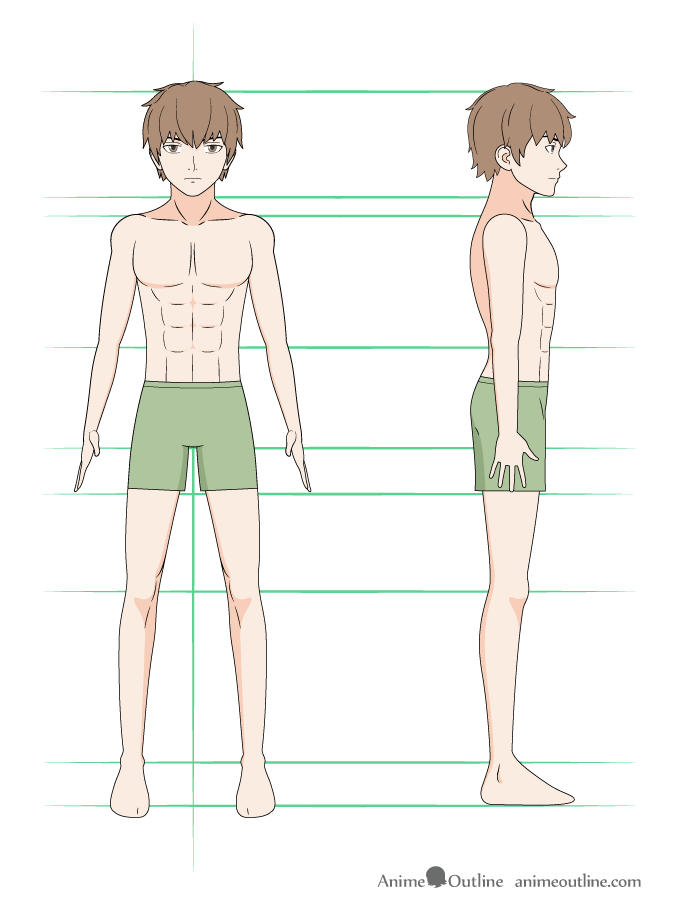Motion diagram draw
Table of Contents
Table of Contents
If you’re studying physics, then you’re probably aware of how important motion diagrams are. These diagrams allow you to visually track the movement of an object over time. They’re incredibly useful for analyzing motion, but they can be tricky to draw. In this post, we’ll explore how to draw a motion diagram and provide tips for making the process easier.
When it comes to drawing motion diagrams, one of the biggest hurdles is figuring out where to start. It can be difficult to know exactly what kind of diagram you need or how to begin sketching it out. Furthermore, motion diagrams require a lot of attention to detail and precision. It’s vital that you accurately represent the movement of the object, which can be challenging if it’s moving in complex ways.
To draw a motion diagram, you must first determine what kind of motion you’re dealing with. Is the object moving horizontally or vertically? Is it accelerating or maintaining a constant speed? Once you have a handle on the object’s motion, you can begin the drawing process. Start by creating a set of evenly spaced dots to represent the object at different points in time. Then, connect these dots with lines to create a motion path. Finally, include any relevant annotations, such as arrows to indicate the direction of motion.
In summary, to draw a motion diagram, you need to identify the object’s motion, create evenly spaced dots to represent the object at different points in time, connect these dots with lines, and include relevant annotations to indicate the direction of motion.
How to Draw a Motion Diagram: Tips and Tricks
When I first started drawing motion diagrams, I found the process to be frustrating and time-consuming. However, with practice, I’ve developed some tips and tricks that have made the process much more manageable.
One thing that I’ve found helpful is to break the drawing up into smaller, more manageable steps. Start by sketching out the path that the object takes, and then add in the dots afterwards. Additionally, be sure to pay close attention to the object’s motion. If it’s accelerating, make sure that your dots are spaced closer together in the areas where the object is moving faster.
Another tip is to use a ruler to ensure that your lines are straight and evenly spaced. This will give your diagram a more polished look and make it easier to read. Finally, don’t be afraid to make mistakes! Drawing motion diagrams takes practice, so don’t get discouraged if your first few attempts aren’t perfect.
The Importance of Motion Diagrams
Motion diagrams are an incredibly useful tool for studying physics. They allow you to visualize an object’s motion and analyze it in detail. By creating a motion diagram, you can easily identify patterns in an object’s movement, determine its velocity and acceleration, and predict future motion.
Types of Motion Diagrams
There are a few different types of motion diagrams that you might encounter in physics. The most common is a position-time diagram, which shows an object’s position at different points in time. Another type is a velocity-time diagram, which shows an object’s velocity at different points in time. Both of these diagrams can be incredibly useful for analyzing an object’s motion.
The Benefits of Drawing Motion Diagrams
Personally, I’ve found that drawing motion diagrams has helped me develop a deeper understanding of physics. By sketching out an object’s motion, I’m able to better visualize and conceptualize its movement. Additionally, the process of drawing the diagram helps me identify patterns and relationships that I might not have noticed otherwise.
Overall, motion diagrams are an essential tool for any physics student. They allow you to better understand and analyze an object’s motion, and they’re a great way to develop your problem-solving skills.
Question and Answer
Q: What’s the best way to accurately represent an object’s motion in a motion diagram?
A: The best way to accurately represent an object’s motion is to pay close attention to detail. Make sure that your dots are evenly spaced and that you’re using arrows to indicate the direction of motion. Additionally, pay attention to the object’s velocity and acceleration and adjust your diagram accordingly.
Q: How do you know which type of motion diagram to use?
A: The type of motion diagram you use depends on the information you’re trying to convey. If you’re interested in an object’s velocity, then a velocity-time diagram might be more appropriate. If you’re more interested in its position, then you’ll want to use a position-time diagram.
Q: Are there any tools or software that can help with drawing motion diagrams?
A: There are a few different tools out there that can help with drawing motion diagrams. Some physics simulation software, such as Tracker, include motion diagram tools. Additionally, there are a variety of online resources and tutorials that can help you develop your skills.
Q: How long does it typically take to draw a motion diagram?
A: The amount of time it takes to draw a motion diagram depends on a variety of factors, including the complexity of the motion and your level of experience. Generally speaking, it can take anywhere from a few minutes to an hour or more to create a detailed motion diagram.
Conclusion of How to Draw a Motion Diagram
Overall, drawing a motion diagram is an essential skill for any physics student. While it can be challenging at first, with practice, anyone can learn to create accurate and detailed diagrams. If you’re struggling with motion diagrams, be patient and keep practicing. With time, you’ll develop the skills you need to excel in physics.
Gallery
3-2: Using Vectors On A Motion Diagram - YouTube

Photo Credit by: bing.com / motion diagram using
Motion Diagrams With Acceleration - YouTube

Photo Credit by: bing.com / acceleration motion diagrams
How To Draw A Motion Diagram - Wiring Diagram Database

Photo Credit by: bing.com /
28 How To Draw A Motion Diagram - Wiring Database 2020

Photo Credit by: bing.com / motion diagram draw making
How To Draw A Motion Diagram And More - YouTube

Photo Credit by: bing.com / motion diagram draw






